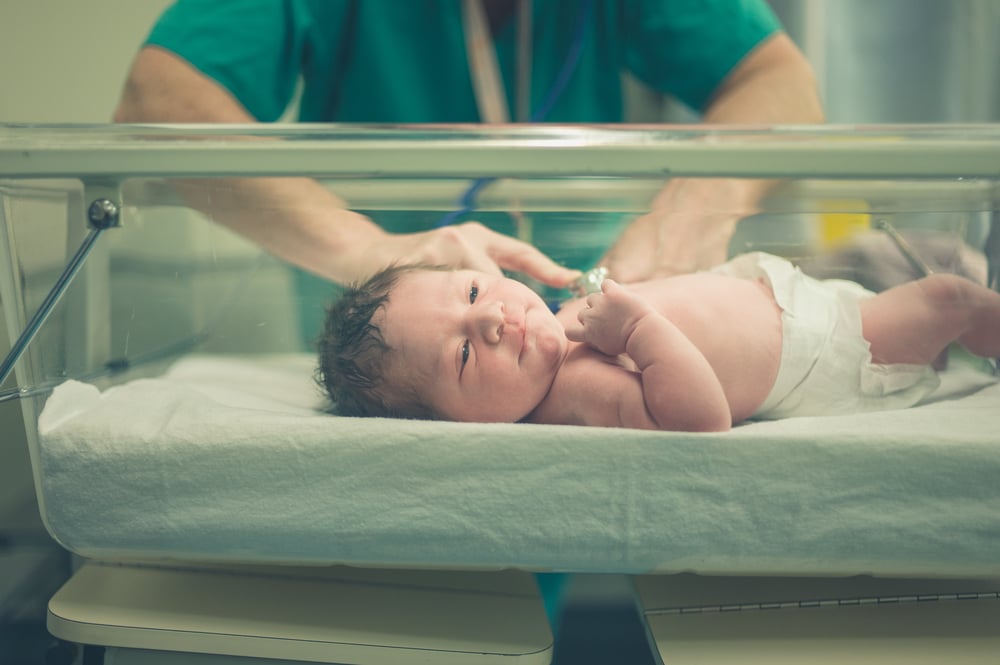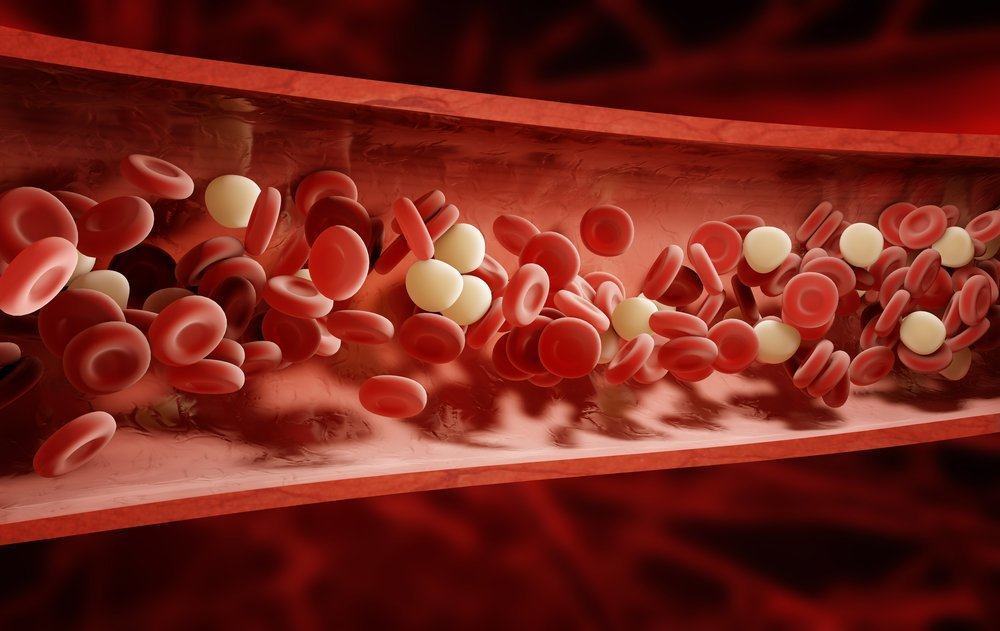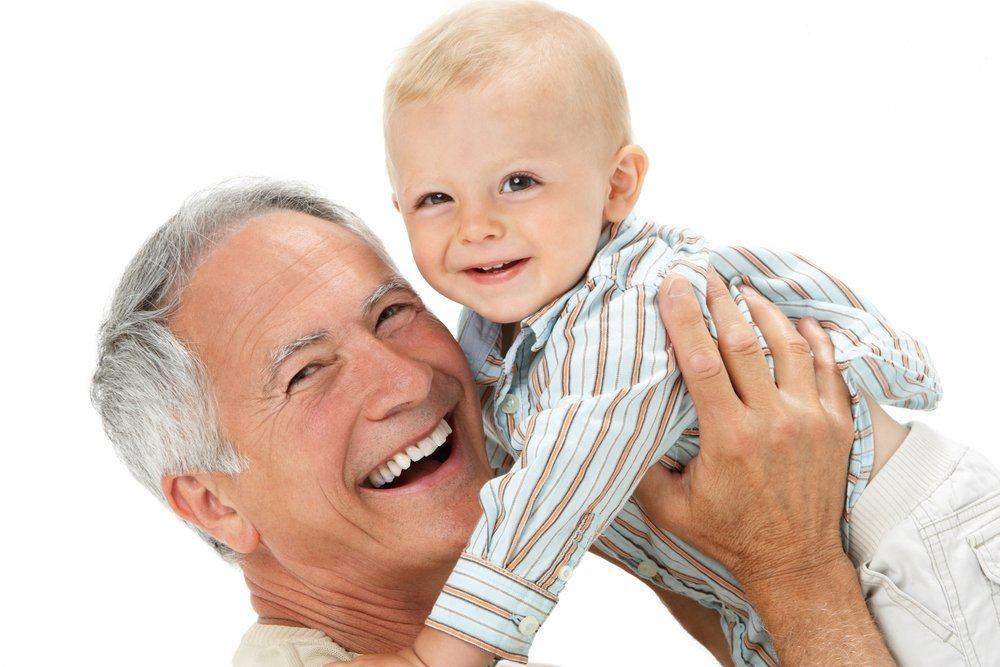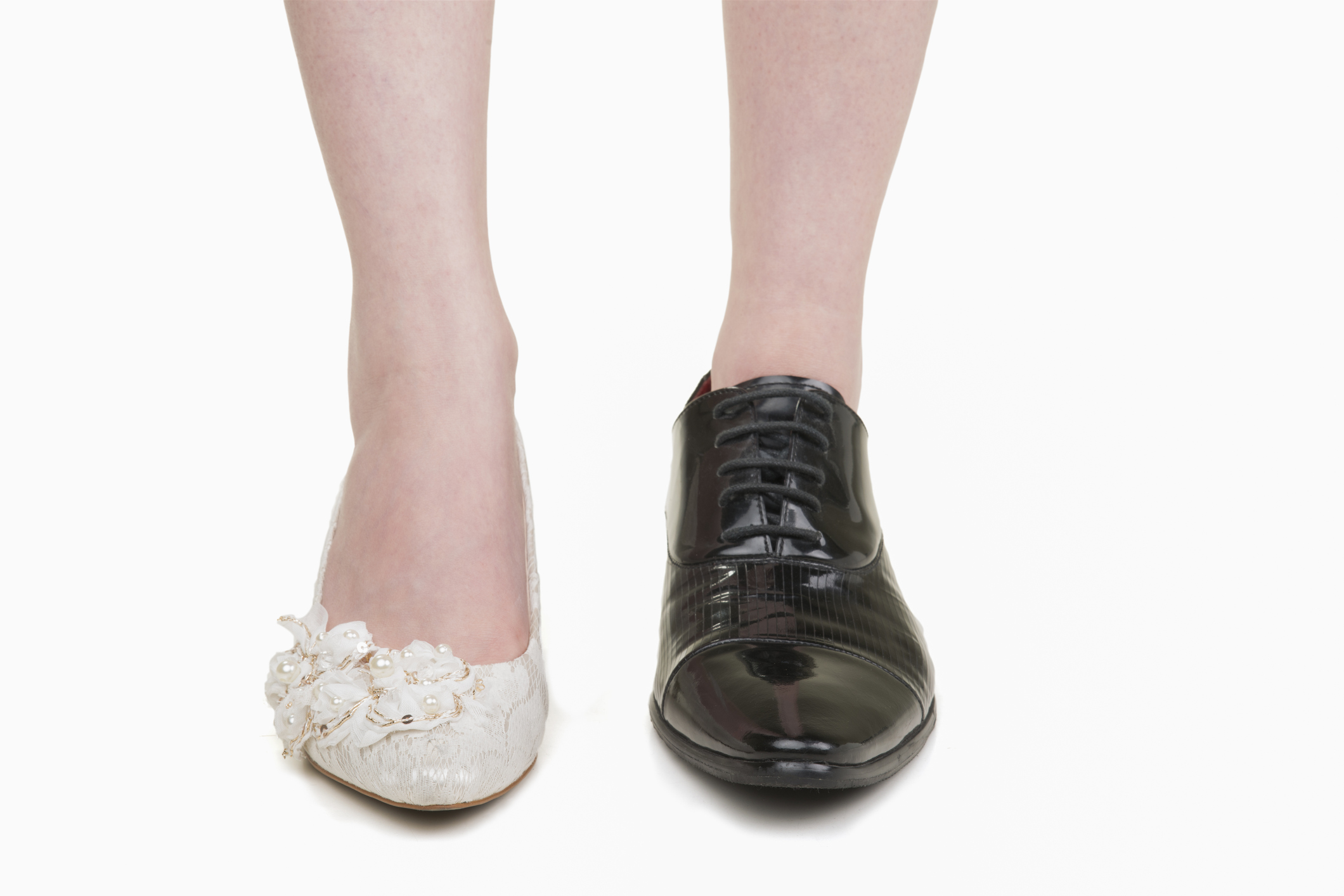Contents:
- Medical Video: Symptoms of Cerebral Palsy
- What are the symptoms of cerebral palsy?
- What causes cerebral palsy?
- How to diagnose cerebral palsy?
Medical Video: Symptoms of Cerebral Palsy
Cerebral palsy or the so-called paralysis of the brain is a disorder that affects a person's muscles, nerves, movements, and motor abilities to move in a coordinated and directed manner. This condition is caused by brain damage that occurs before or during the birth of a baby, it can even be when children aged 3 to 5 years.
What are the symptoms of cerebral palsy?
Symptoms of cerebral palsy range from mild to severe and are usually not very clear to observe after the baby is born. These symptoms also vary depending on the part of the brain affected. Some cases can only affect one side of the body and some even affect the whole body.
But generally, the main symptom of cerebral palsy is a problem with the movement, coordination, and development of the baby. The following are some of the symptoms of cerebral palsy:
- There is a developmental delay in the baby, for example not being able to sit when he is 8 months old or unable to walk when he is 18 months old
- Abnormal movement of arms and legs
- Problems with poor muscle coordination make it difficult to make the right moves
- Abnormal muscle formation
- Tremor - there is uncontrolled or controlled movement in certain parts of the body
- Stiffness in muscles with stiff movements, especially in the legs, hands and back
- Only use one side of the body to carry out activities, for example grabbing items using one hand
- Walking is not normal, for example walking with legs crossed like scissors, tiptoe, or straddling
In addition to coordination problems and body movements, generally someone who has cerebral palsy also experiences some symptoms of neurological disorders, including
- Difficulty speaking or communication
- Hearing disorders
- Vision problems such as squint eyes
- Intelligence disorders such as the child's inability to learn
- Mental disorders
- Having urinary incontinence or difficulty controlling the bladder makes it difficult to hold urine
- Have an abnormal response to touch or pain
- Eating disorders in infants such as difficulty swallowing (dysphagia)
- Removing saliva continuously or "accessing"
- Abnormalities in the form of bone, especially in the bones of the hip and spine (scoliosis)
- Easily experience dislocation or injury to the joint
- Experiencing stomach acid disease
What causes cerebral palsy?
Cerebral palsy is caused by abnormalities in development anddamage to the developing brain. Brain damage usually occursbefore birth, but it can also occur at birth or yearsfirst the little one's life. In most cases, the exact cause is cerebralpalsy is unknown. But some causes that usually occur usuallyinclude:
- Lack of oxygen to the brain during labor
- Premature birth
- Severe jaundice in infants
- Maternal infections such as measles, German herpes simplex, rubella, syphilis, etc.
- Brain infections, such as encephalitis and meningitis
- Bleeding that occurs in the brain
- Head injuries due to car accidents, falls, or child abuse
How to diagnose cerebral palsy?
Cerebral palsy can be diagnosed very early in infants who are known to be at risk for this condition due to premature birth or other health problems.However, generally if the baby does not experience risk factors that cause cerebral palsy, it will be difficult to make a diagnosis.
Even in some cases, the results of the diagnosis of cerebral palsy can only be known after the doctor sees a delay in the development of the baby such as late sitting, walking, and talking. The severity of this disease can only be known clearly when the child is three to four years old.
To ensure diagnosis, doctors will usually carry out a series of tests such as blood tests, CT scans, MRI, USG, EMG, and so on. There is no cure for celebral palsy, but treatments, therapies, special equipment can help children to get a better life.












